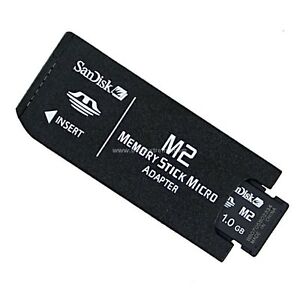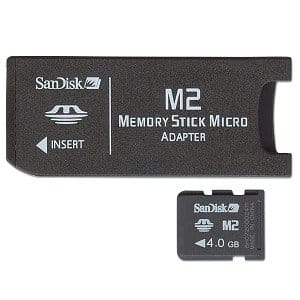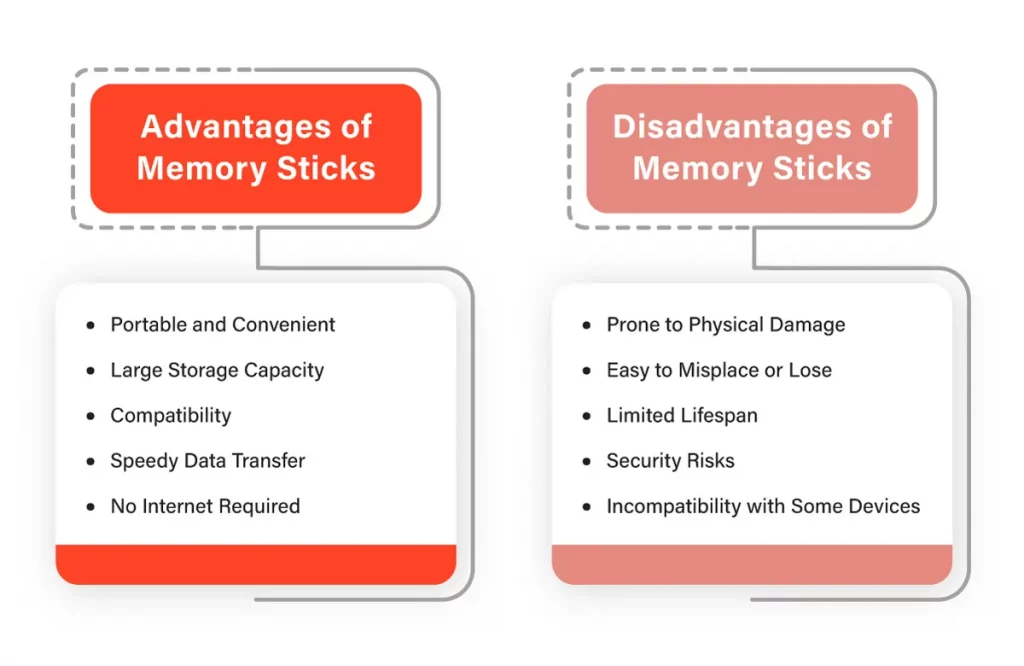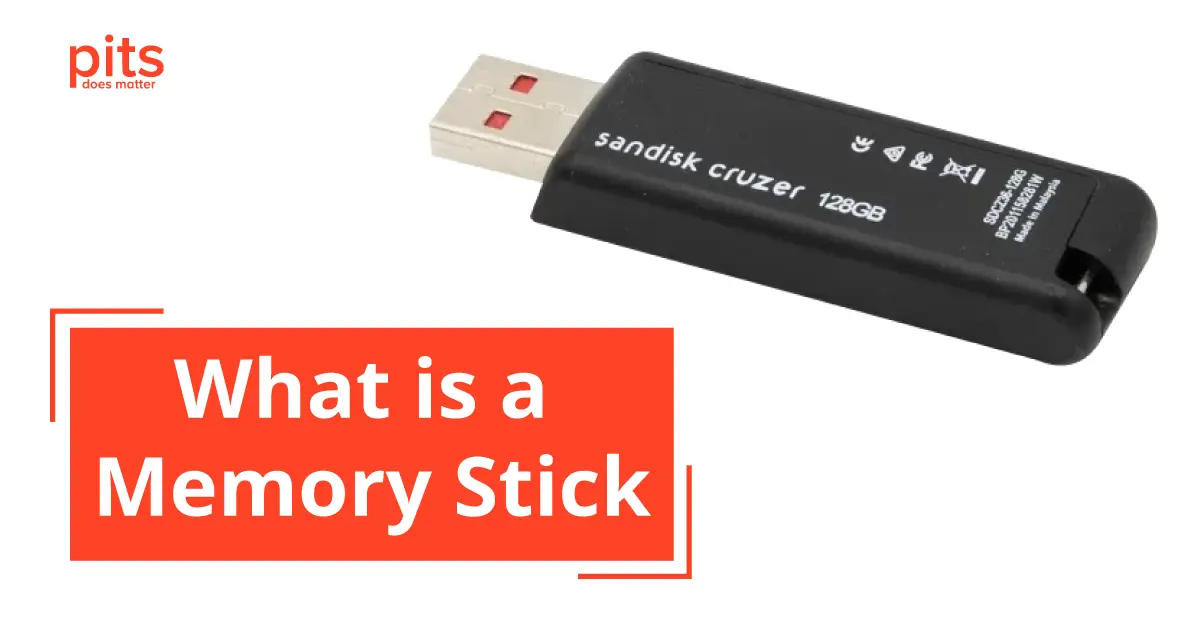In today’s digital age, where data storage and portability are paramount, the humble memory stick has emerged as an essential companion for many. Also known as a flash drive, pen drive, or USB memory stick, this small yet mighty device has revolutionized the way we store and transport data. From the era of clunky external storage solutions to sleek and compact memory sticks, let’s delve into the world of memory sticks and explore their evolution, formats, and advantages.
What is a Memory Stick?
A memory stick, in essence, is a compact, portable device that utilizes flash memory to store and transport data. It has become a ubiquitous tool for transferring files, documents, photos, videos, and more between various devices. The beauty of a memory stick lies in its simplicity and convenience – it is small enough to fit in your pocket, yet it can hold a significant amount of data.
Evolution of Memory Stick Technology
The journey of memory sticks began with the introduction of the Sony Memory Stick in 1998. This innovative creation marked a departure from traditional data storage methods, such as floppy disks and CDs, which were bulkier and more fragile. As technology advanced, so did memory sticks, resulting in a variety of formats tailored to different devices and user needs.

Memory Stick Formats
Over time, various formats of memory sticks have been developed to cater to different devices and usage scenarios:
- Memory Stick Duo: This compact format was developed for portable devices, offering a smaller form factor compared to the original Memory Stick. Its smaller size made it ideal for digital cameras and other slim devices.
- Memory Stick Pro Duo: Building on the Memory Stick Duo, the Pro Duo format increased storage capacities and data transfer speeds. It became popular among users who required higher performance and more space for their files.

- Memory Stick Micro (M2): This format pushed the boundaries of miniaturization. The M2 was designed to be even smaller, making it suitable for ultra-compact devices like smartphones. Despite its diminutive size, it retained impressive storage capacities.
- Memory Stick PRO-HG Duo: The PRO-HG Duo format brought faster data transfer rates and increased storage capacities, making it an attractive choice for users dealing with larger files and multimedia content.
Advantages of Memory Sticks
Memory sticks include a range of benefits that have contributed to their widespread adoption:
- Portability: Memory sticks are incredibly portable. Their compact size allows you to carry a vast amount of data in your pocket or bag, making them ideal for professionals, students, and anyone on the go.
- Compatibility: Memory sticks can be used with a wide array of devices, including computers, laptops, digital cameras, gaming consoles, and multimedia players. Most modern devices feature USB ports, ensuring seamless connectivity.
- Ease of Use: Using a memory stick is a straightforward process. You simply plug it into one of the USB ports on your computer or device, and you can quickly access, transfer, or store your data.
- Data Storage: With varying storage capacities available, memory sticks can accommodate everything from small documents to large video files. This versatility makes them suitable for personal, academic, and professional needs.
- External Storage Expansion: Memory sticks can function as external storage devices, allowing you to free up space on your computer’s internal storage. This is particularly handy for laptops and devices with limited storage capacity.
- Reliability: Flash memory technology, the foundation of memory sticks, is known for its durability and stability. Unlike older storage methods that could be easily damaged, memory sticks are more resilient to physical wear and tear.

The memory stick, with its evolution from the original Sony Memory Stick to the various formats available today, has transformed the way we store, transfer, and manage data. From the sleek and versatile Memory Stick Micro (M2) to the convenient USB flash drives that dominate the market, memory sticks have become an integral part of our digital lives. Their portability, compatibility, and ease of use make them an essential tool for students, professionals, and casual users alike. Whether you are looking to store important documents or capture memories with a digital camera, the memory stick continues to play a vital role in simplifying our data storage needs.
Frequently Asked Questions
What is a memory stick?
A memory stick is a small portable device that uses flash memory to store and transfer data like documents, photos, and videos between different devices.
How do I use a memory stick?
Using a memory stick is easy. Just plug it into a USB port on your computer or compatible device. Then, you can copy, transfer, or access your files like you would on any storage drive.
Are memory sticks compatible with all devices?
Memory sticks are generally compatible with devices that have USB ports, which include most computers, laptops, gaming consoles, and some smart TVs. Make sure your device has a compatible USB port before using a memory stick.
Can I store a lot of data on a memory stick?
Yes, memory sticks come in various storage capacities, ranging from a few gigabytes to several terabytes. You can choose a size that suits your data storage needs.
Are memory sticks durable?
Memory sticks are generally durable due to their solid-state design. They do not have any moving parts like traditional hard drives. However, it is still important to handle them with care to prevent physical damage or data loss.
Request Help
"*" indicates required fields
